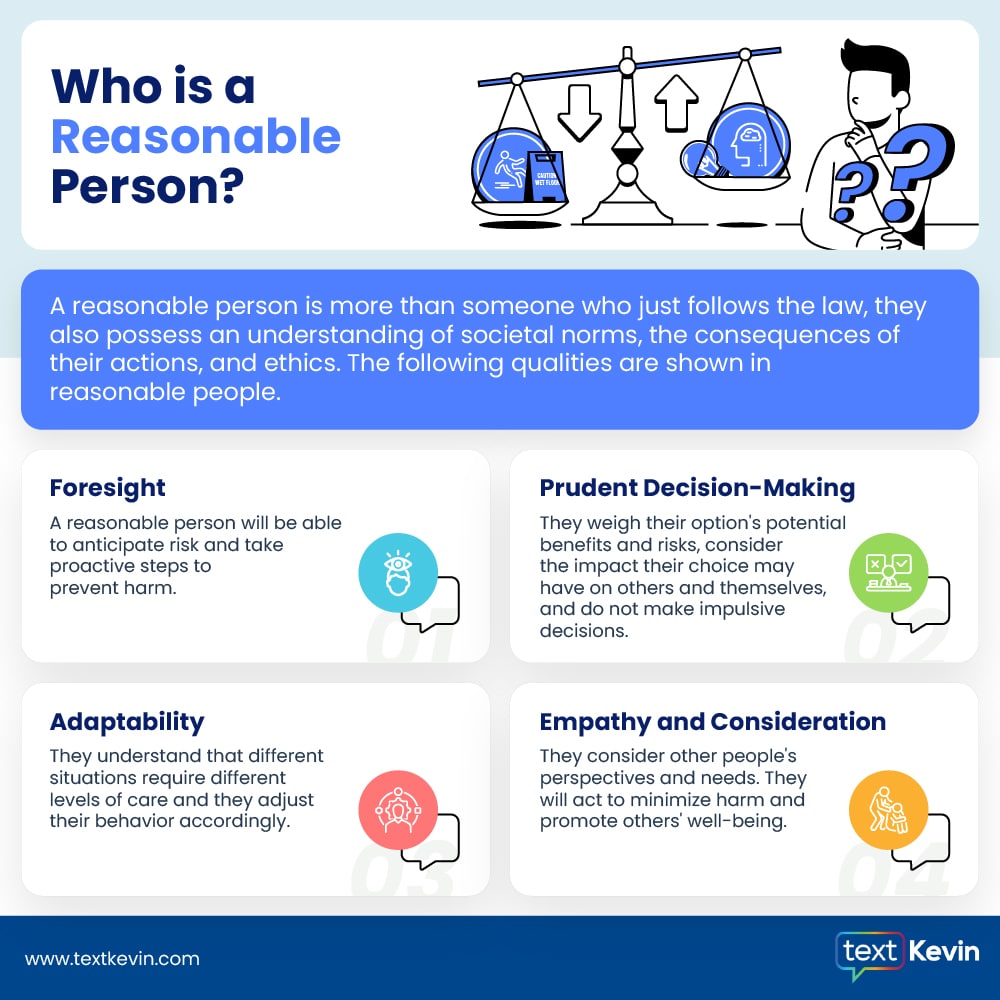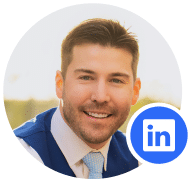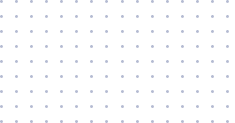The reasonable person standard requires individuals to act with the same care and caution that a hypothetical, reasonable person would exercise in similar circumstances.
You are strolling down a snow-covered sidewalk, only to be unexpectedly sent sprawling by a hidden patch of ice. A broken wrist later leaves you wondering who’s responsible for your misfortune. The answer lies in a legal concept known as the “reasonable person standard.”
This standard, applied in California and throughout much of the U.S., is the linchpin in determining whether someone’s careless actions make them liable in case of a personal injury lawsuit. Here is everything you need to know about the “reasonable person standard.”
Who is the “Reasonable Person” in everyday life?
In the legal world, there’s a hypothetical figure known as the “reasonable person.” This isn’t an actual individual but rather an idea of how a typical person would behave in a given situation. They could be better, but they always try to be careful and make sensible decisions.
This “reasonable person” acts as a yardstick for judging behavior. When someone’s actions cause harm, courts ask: “Would a reasonable person have acted this way?” If not, the person who caused the damage might be considered careless or “negligent.”
This legal standard isn’t about how you might react at a specific moment. Instead, it’s an objective measure, focusing on how a typical person would have acted in the same situation.
If someone’s actions are less than what a reasonable person would do, they may be held responsible for any harm caused by their carelessness.
Where did the reasonable person doctrine come from?
The “reasonable person” standard, a cornerstone of negligence law, emerged in 19th-century England and was solidified by the Vaughn v. Menlove case. This landmark decision held a farmer liable for fire damage caused by his carelessly stacked hay, establishing that individuals are expected to act with the foresight and caution of a “reasonable person.”
This legal concept was further refined in the 1905 case McGuire v. Western Morning News. Here, the “reasonable person” was likened to an average passenger on a “Clapham omnibus,” emphasizing the standard’s objectivity. This analogy underscored that a reasonable person’s conduct is not determined by individual biases but by society’s general expectations.

The reasonable person standard has some wiggle room
The reasonable person standard is a more than one-size-fits-all standard. It is like a yardstick used to determine whether someone’s actions were careless enough to be considered negligent. This yardstick isn’t rigid; it has some flexibility.
It’s an objective measure, meaning it doesn’t matter if you thought you were acting reasonably. Instead, your actions are compared to how a typical, careful person would have behaved in the same situation.
For example, a delivery driver speeding through a school zone. If they hit a child, they can’t just say, “I didn’t think it was dangerous.” The question is: would a reasonable, careful driver speed in a school zone? The answer is obviously no, so the driver would be considered negligent.
It is a subjective or an objective standard
However, the “reasonable person” isn’t always just an average person. This standard is adjusted depending on the situation and the person’s role. For example,
- A doctor is expected to act like a reasonable doctor, not just a reasonable person. Because of their training and expertise, doctors are held to a higher standard.
- As a parent, you must act reasonably and carelessly to protect your child.
Note
So, the reasonable person standard is a mix of objective and subjective. It aims to set a general standard of behavior, but it also considers the specific circumstances and the person’s role. This balance ensures fairness while holding people responsible for careless actions.
A “Reasonable Person” is more than following the rules
While obeying the law is a fundamental aspect of reasonableness, it’s not the sole determinant. A truly reasonable person possesses a deeper understanding of societal norms, ethics, and the potential consequences of their actions. They demonstrate the following qualities:
- Foresight: They can anticipate risks and take proactive measures to prevent harm. They don’t wait for accidents but actively seek to avoid them.
- Prudent Decision-Making: They weigh their choices’ potential benefits and risks, considering the impact on themselves and others. They don’t make impulsive decisions that could jeopardize safety.
- Adaptability: They understand that different situations require different levels of care. They adjust their behavior based on the specific circumstances, recognizing that what’s reasonable in one context may not be in another.
- Empathy and Consideration: They consider the perspectives and needs of others, striving to act in a way that minimizes harm and promotes overall well-being. They don’t prioritize their interests at the expense of others’ safety.
The “Reasonable Person” in real-world examples
A reasonable driver adheres to traffic laws, maintains a safe distance from other vehicles, and adjusts speed to road conditions. They also anticipate the actions of other drivers and pedestrians, taking preventive measures to avoid collisions.
A reasonable property owner maintains their premises safely, promptly addressing hazards like loose handrails or icy sidewalks. They are aware of their responsibility to prevent harm to visitors or passersby.
The reasonable person standard adapts to other groups
A 10-year-old playing catch in a park is held to a different standard than an adult supervising a group of children. We expect a higher level of care and awareness from adults responsible for the safety of others.
A person with a visual impairment navigating a crowded sidewalk is expected to meet different visual cues than someone with perfect eyesight. The standard adjusts to consider their specific limitations.
Tip
By adapting to these diverse circumstances, the reasonable person standard ensures fairness and accountability in California’s legal system. It recognizes that what’s reasonable for one person may not be reasonable for another, promoting a nuanced understanding of negligence in personal injury cases.
The challenge of objectivity
One of the main criticisms is the inherent difficulty in applying an objective standard to inherently subjective situations. We all come from different backgrounds, possess varying levels of knowledge, and have unique life experiences. What one person might consider a reasonable precaution, another might deem excessive or insufficient.
Consider a wet floor sign in a grocery store. While one shopper might readily spot it and exercise caution, another might be distracted or have visual impairments that make it less noticeable. Should both individuals be held to the same standard of care?
The reasonable person standard and personal injury law
The “reasonable person” standard is the bedrock of personal injury law, especially in negligence cases. When you’ve been injured due to someone else’s carelessness, this standard is the key to proving their responsibility and securing the compensation you deserve.
To win a personal injury lawsuit in California, you must prove four essential elements:
- Duty of Care: The person who caused your injury owed you a legal duty to act with reasonable care. This duty varies depending on the relationship between the parties. For example, a store owner has a duty to keep their premises safe for customers, while drivers have a duty to follow traffic laws and avoid endangering others.
- Breach of Duty: The person who caused your injury failed to uphold their duty of care. This is where the reasonable person standard comes in. The court asks: Would a reasonable person in the same situation have acted differently? If so, the defendant likely breached their duty.
- Causation: The defendant’s breach of duty directly caused your injuries. This means there must be a clear link between their actions (or inaction) and the harm you suffered.
- Damages: You suffered actual physical injuries such as catastrophic injury, traumatic brain injury, burn injury, spinal cord injury, and wrongful death in case of tragic accidents. Additionally, medical bills, lost wages, or emotional distress.
Think of the “reasonable person” as a measuring stick. Their hypothetical actions assess whether the defendant’s conduct was reasonable or fell short, constituting negligence.
Proving negligence or negligence per se in California helps with compensation
In a personal injury case, the burden of proof rests with the plaintiff – that’s you. We must convince the court that the defendant is liable for your injuries to win your case and receive compensation. This involves proving negligence, or in some cases, the more straightforward concept of “negligence per se.”
To prove negligence, we gather evidence demonstrating that the defendant owed you a duty of care, breached that duty, and that this breach directly caused your injuries. This evidence may include:
- Detailed medical records of your injuries before and after the accident, including diagnoses, treatments, and prognoses.
- Statements from individuals who witnessed the accident or can attest to your injuries and their impact on your life.
- Opinions from medical professionals, accident reconstruction experts, and others who can provide specialized knowledge relevant to your case.
- Photos and videos of vehicle damage and your injuries can be compelling in demonstrating the defendant’s fault and the extent of your damages.
- Financial records of medical bills, lost wages, and other economic losses you’ve incurred due to the accident.
The role of your legal counsel
We will gather and analyze evidence, build a compelling case, and negotiate aggressively with the defendant’s insurance company to secure a fair settlement. Our team will litigate your case in court if a settlement cannot be reached.
Navigating a personal injury claim after a California traffic circle accident
When you’re injured in a traffic circle accident, understanding how insurance coverage works is crucial to getting the compensation you deserve. In most cases, the at-fault driver’s insurance is the primary source of compensation for your injuries and losses. Depending on the circumstances, this could be their:
- Auto Insurance: If the accident occurred while the driver operated a vehicle, their auto insurance would typically cover your medical bills, lost wages, and other damages.
- Homeowner’s Insurance: If you were injured on the driver’s property, their homeowner’s insurance might kick in.
- Commercial Insurance: If the accident happened on a business property, the business’s commercial liability insurance would likely be involved.
Your insurance protection for the unexpected
What if the at-fault driver has insufficient or no insurance? This is where your coverage becomes essential. Consider carrying these types of insurance to protect yourself:
- Uninsured/Underinsured Motorist (UM/UIM) Coverage: This covers your losses if the at-fault driver lacks insurance or doesn’t have enough to cover all your expenses.
- Personal Injury Protection (PIP): This no-fault coverage pays for your medical expenses and lost wages, regardless of who was at fault in the accident.
Pro Tip
If insurance coverage falls short of covering your losses or the insurance company is disputing your claim, seeking legal recourse might be your best option. An experienced personal injury attorney can help you with the following:
- Negotiate with Insurance Companies: Your attorney can advocate on your behalf and negotiate for a fair settlement that fully compensates you for your injuries.
- File a Personal Injury Lawsuit: If negotiations fail, your attorney can file a lawsuit against the at-fault party to pursue the full extent of your damages, including those not covered by insurance.
Seek legal guidance if you’ve been injured due to someone else’s negligence
A skilled personal injury attorney can assess your case, explain your rights, and help you navigate the complexities of the legal system. Remember, the law is designed to protect you.
For further information on California personal injury law and the reasonable person standard, read more on California Courts Website and California Judicial Branch-Civil Jury Instructions.
When you understand the reasonable person standard, you equip yourself with the knowledge to protect your rights, guide your actions, and ensure a fair resolution in personal injury cases. Remember, the law is here to help—use it to your advantage. Call Crockett Law Group or fill out our quick contact form to schedule a free consultation with our car accident lawyers today.









